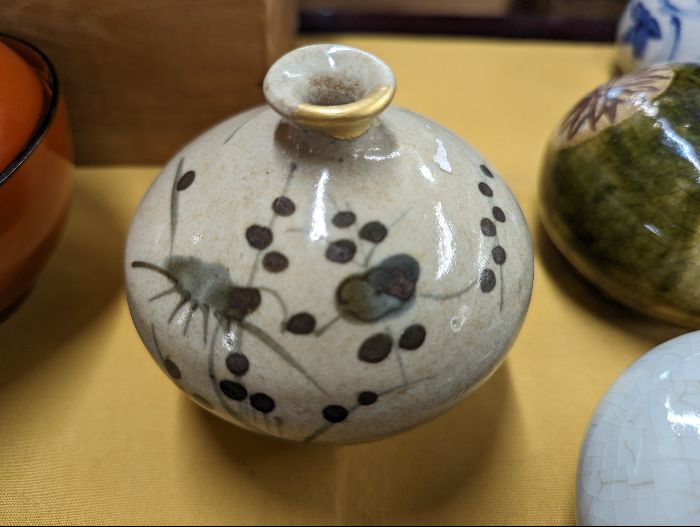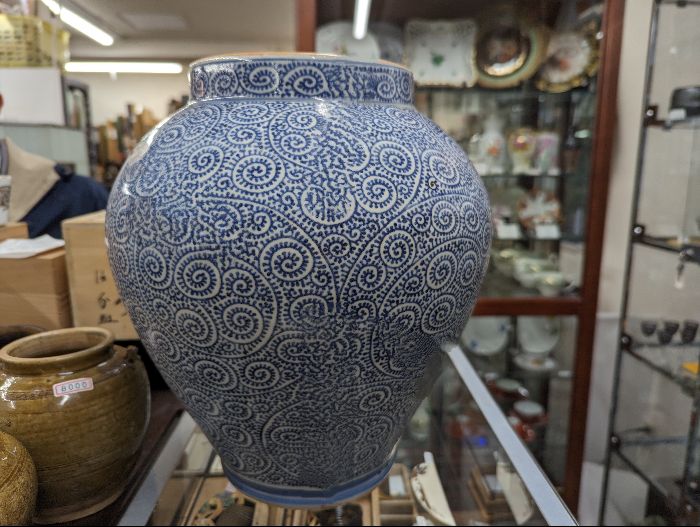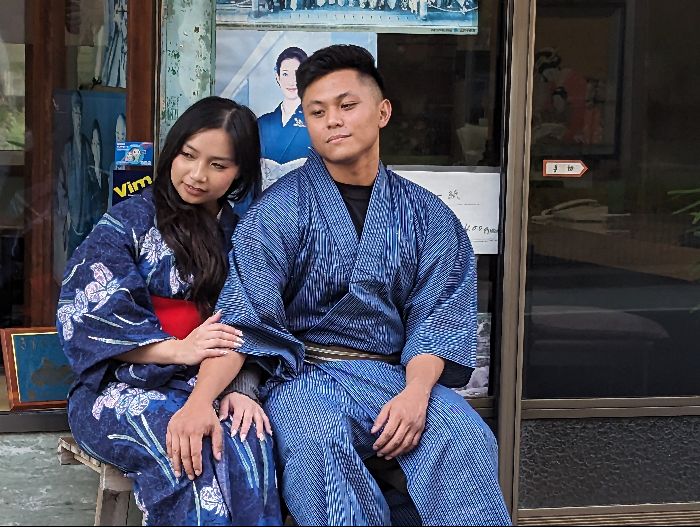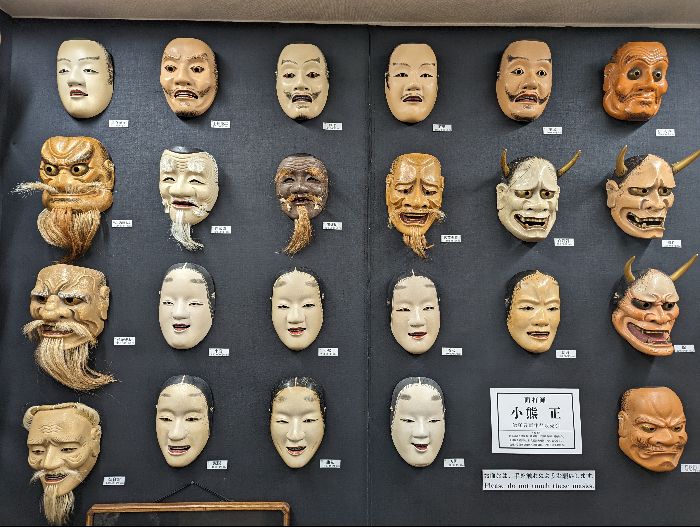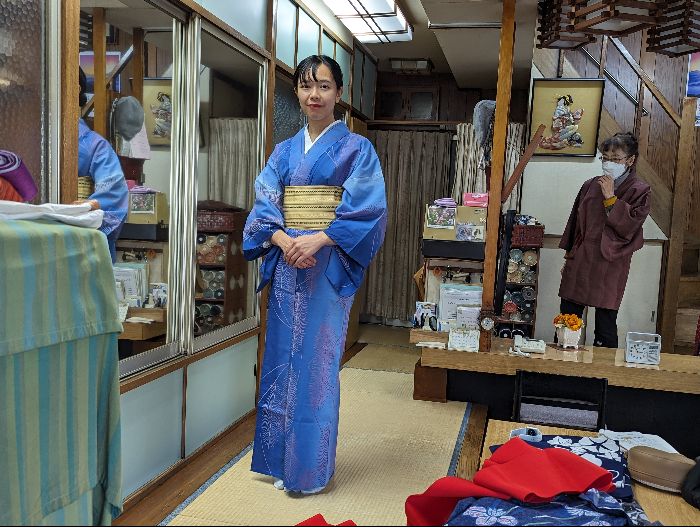Sento, or literally fee hot water, is a public bath; a bather pays the fee at the entrance and takes the bath without a swimwear.
It is considered to have originated in the middle of 13th century and has become very popular among neighbors as a place of chatting and strengthening social ties since Edo Period (1603-1867).
After World WarⅡ, the number of sento has been decreasing due partly to spread of home baths, but many bathhouses have evolved into super sento, adding such as Jacuzzis and saunas, so that Japanese “bathing culture” has been maintained.
Sento can be identified by their distinctive noren or shop curtains, bearing, for example, the hiragana”ゆ:yu for hot water”.
The admission fee is not expensive. You are usually expected to bring your own towel; however, you can show up empty handed and rent, for example, a special set of three towels including fee.
This bathhouse has four kinds of baths: those of hot water, micro bubble, milk and water itself; the milk bath is its pride. On the front wall of the bathroom a distinctive landscape mural of Mt. Fuji painted by Maruyama Kiyoto with oil paint is hung in the frame, and on the other wall Kyoto style chic lattice windows are placed to produce elegant atmosphere. In addition, you can appreciate the mosaic tile painting on the wall behind the faucets.
Shop owner’s motto, “Take great care of cleanliness of the baths.”
銭湯
銭湯とは、料金をとって入浴させる公衆浴場のこと。
銭湯は13世紀中ごろに始まったといわれるが、江戸時代(1603~1867)以降、庶民の憩いの場、社交の場として大いに親しまれるに至った。戦後、家庭風呂の普及もあって銭湯の軒数は減少しつつあるが、ジャグジーやサウナなど新しい設備や工夫を凝らしたスーパー銭湯が多くあらわれ、日本人の“入浴文化”が継承されている。
銭湯の場所は、「ゆ」などと書かれたのれんが目印。入浴料はさほど高くなく、自分のタオルを持参するのが通常だが、手ぶらで行くこともでき、例えば「手ぶらセット」(入浴料+3枚の貸しタオル)を借りることもできる。
この銭湯では、4種類の温度の湯(高温風呂、ミクロバブル風呂、ミルク風呂、水風呂)が楽しめる。浴室正面の壁面には、杉並区生まれで日本の数少ないペンキ絵師の一人・丸山清人の描いた「富士山」のペンキ絵が額装され、隣の面には京風のシックな黒の格子状窓枠が設けられ、みやびな風情を醸しだしている。カランの背後の壁にはご自慢のモザイクタイル絵もある。
店主「とくに衛生面に気を付けて、をモットーにやっています。」

